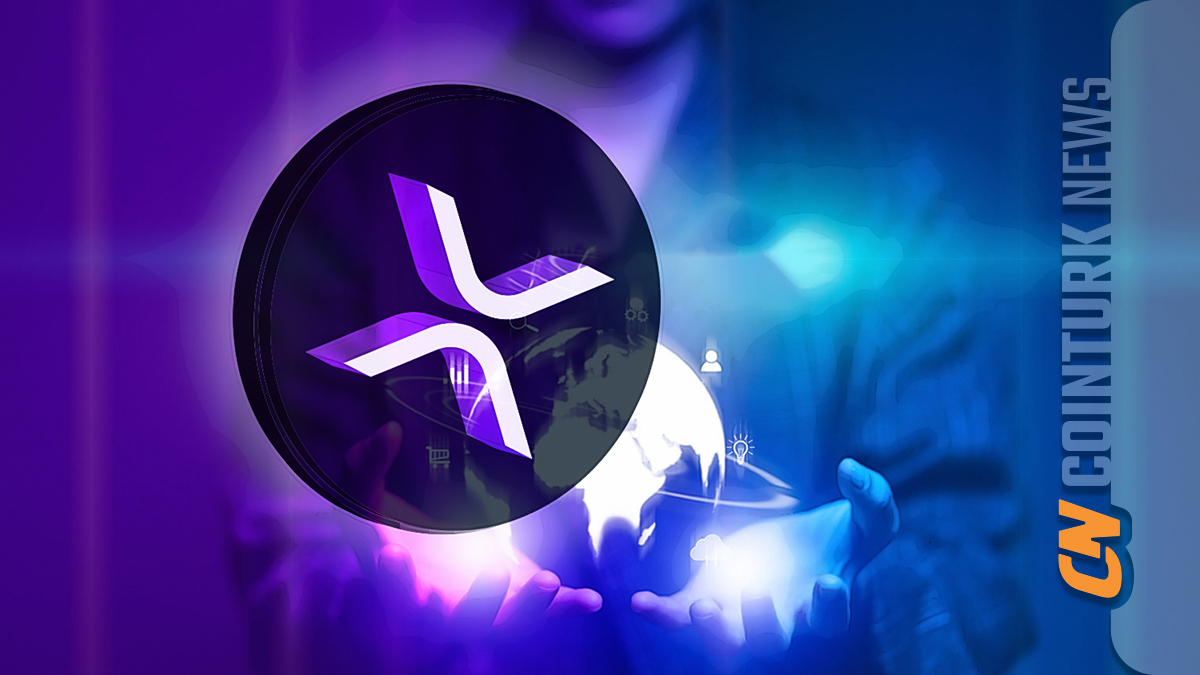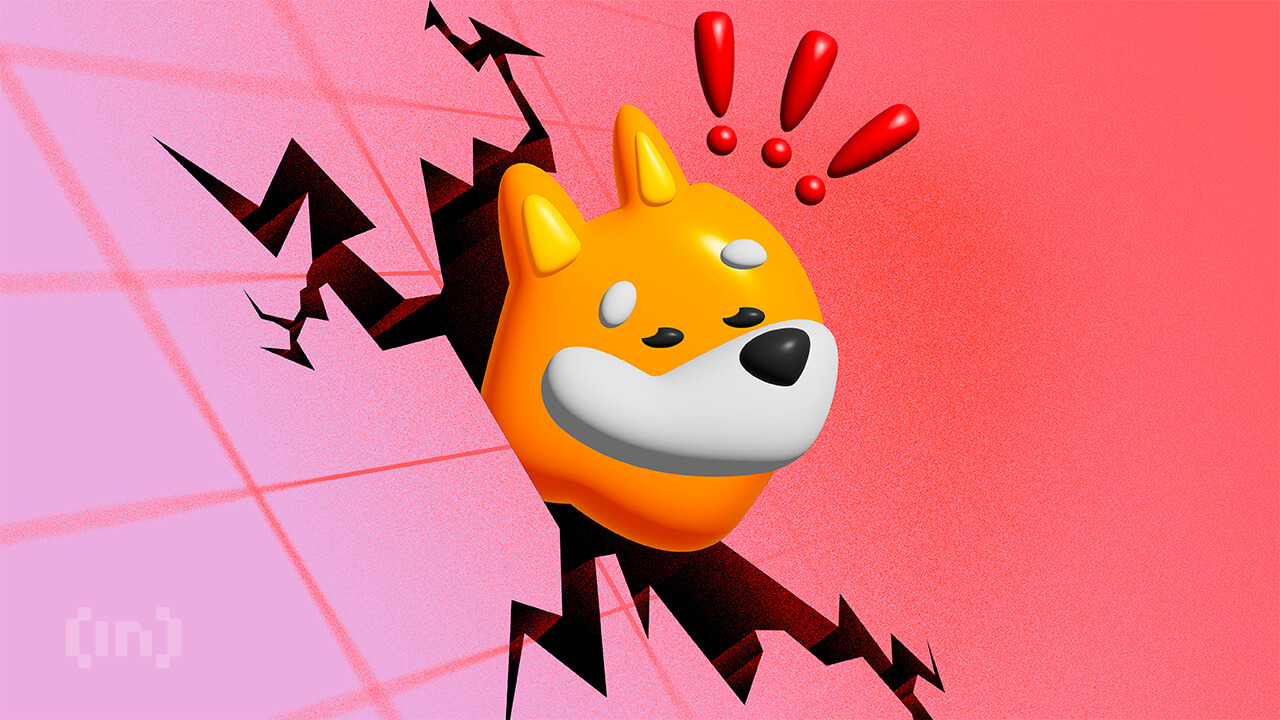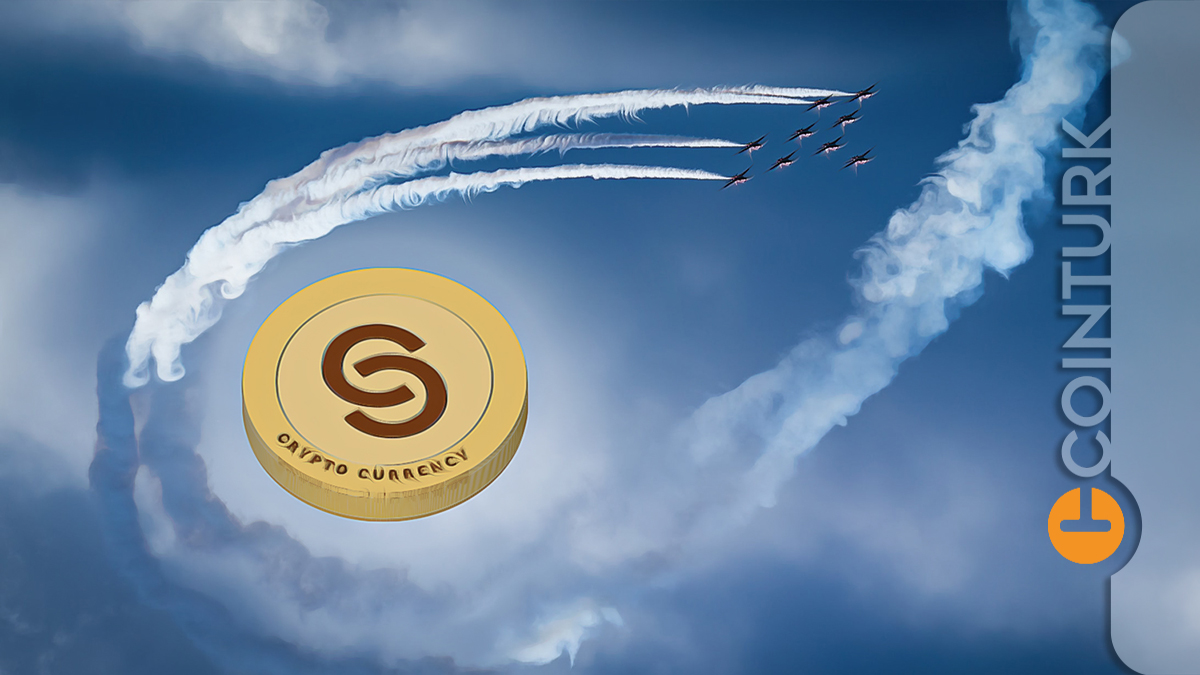Microsoft Unveils VALL-E 2: Advanced AI Speech Synthesis Achieves Human-Level Performance
- Microsoft’s VALL-E 2, a new AI system, demonstrates remarkable advancements in speech synthesis.
- The technology can generate human-level voices with mere seconds of audio input.
- Researchers highlight the system’s consistency and potential applications for those who have lost their ability to speak.
Microsoft unveils the groundbreaking VALL-E 2, pushing the boundaries of speech synthesis with unprecedented accuracy and applications.
Introduction to VALL-E 2: A Leap in Speech Synthesis Technology
Microsoft’s research team has recently introduced VALL-E 2, an advanced AI system for speech synthesis. This breakthrough technology can create voices that are virtually indistinguishable from human speech using just a few seconds of audio. According to the research paper, VALL-E 2 achieves human parity in zero-shot text-to-speech synthesis (TTS) for the first time, building on its predecessor VALL-E, which debuted in early 2023.
The Technology Behind VALL-E 2
VALL-E 2 employs neural codec language models that convert speech into code sequences. Unique to this system is the “Repetition Aware Sampling” method, along with adaptive sampling techniques, which significantly enhance the quality and consistency of generated speech. These innovations address common issues found in traditional voice generation methods. The system excels in synthesizing high-quality speech, even with complex sentences and repetitive phrases, making it a versatile tool for various applications.
Practical Applications and Ethical Considerations
Despite its impressive capabilities, VALL-E 2 is not slated for public release. Microsoft’s ethics statement highlights the potential risks, such as unauthorized voice imitation and the misuse of convincing AI-generated voices in fraudulent activities. The researchers advocate for developing protocols to ensure ethical use, including the approval of voice actors for generated speech and detection models to identify AI-generated content reliably.
Performance and Testing Outcomes
In controlled tests, VALL-E 2 outperformed human benchmarks in terms of speech robustness, naturalness, and similarity. The system achieved these results using as little as three seconds of audio, with even higher quality obtained from ten-second samples. This performance underscores VALL-E 2’s potential to revolutionize speech synthesis and its practical applications.
Comparison with Other AI Models
Microsoft is not alone in its development of cutting-edge voice synthesis technologies. Meta’s Voicebox and OpenAI’s Voice Engine are also at the forefront of this field. However, these companies have similarly restricted public access to their models due to concerns over misuse and ethical implications. This cautious approach indicates a growing recognition within the AI community about the need for comprehensive ethical guidelines and regulatory oversight.
Conclusion
Microsoft’s VALL-E 2 represents a significant advancement in AI-driven speech synthesis, showcasing capabilities that could benefit many, especially those who have lost their ability to speak. However, the ethical considerations and potential risks associated with such technologies highlight the importance of controlled development and deployment. The future of AI in speech synthesis will likely involve continued innovation alongside robust ethical frameworks to ensure responsible use.






